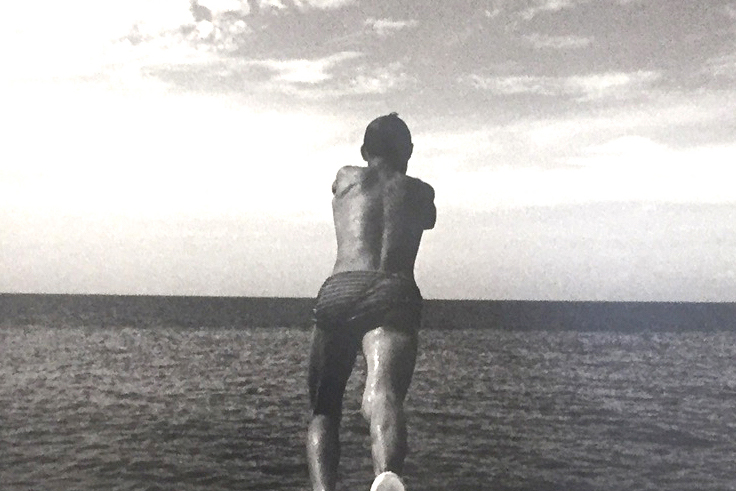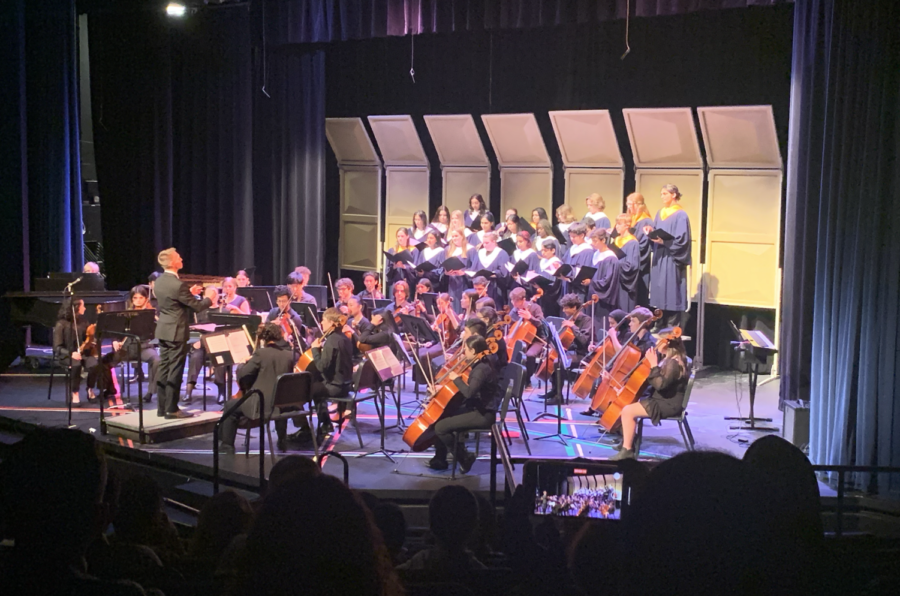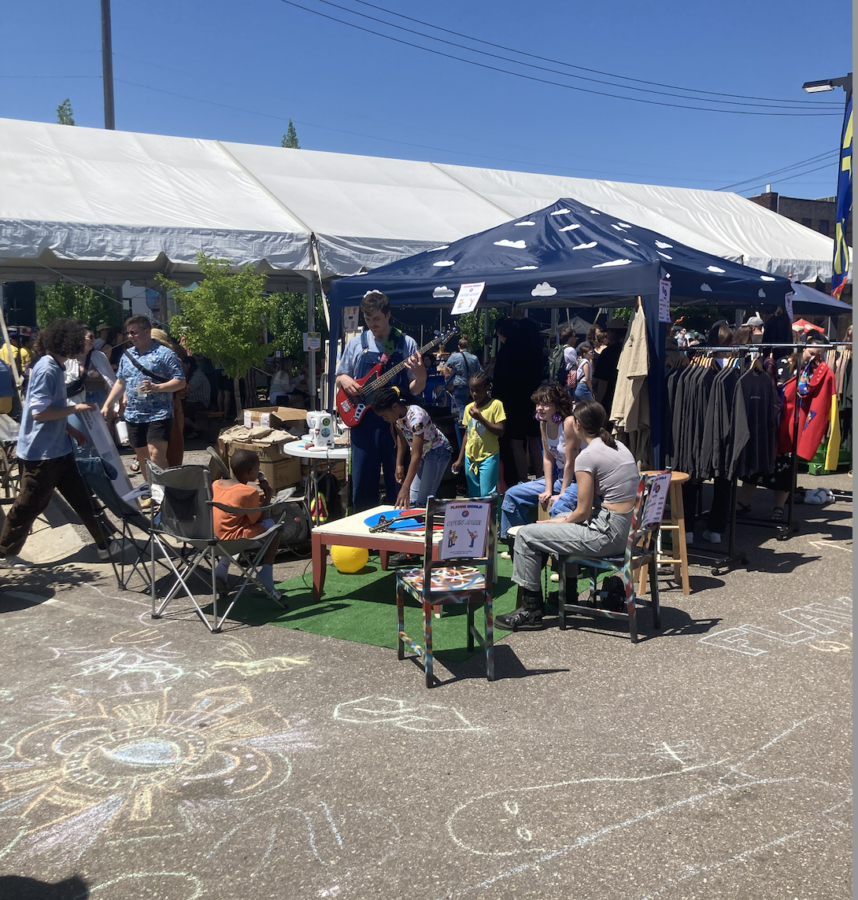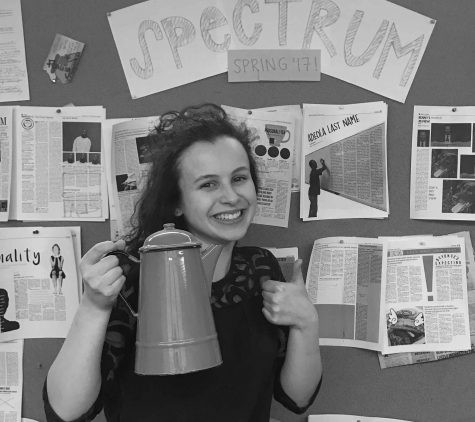The Walker Art Museum’s new feature exhibit, Adiós Utopia: Dreams and Deceptions in Cuban Art Since 1950, is an examination into the evolution of Cuban art since the Cuban Revolution.
Lola Chamberlain ‘19, a student on last year’s Cuba trip, describes the cultural and societal changes in Cuba, post-Revolution: “Many [Cubans] are grateful for advances in healthcare and education that have been made but frustrated with the bureaucracy and authoritarianism that accompanied [the revolution].”
The Revolutionary Era in Cuba was one of rocky political terrain and an uncertain future. Since the revolution, Chamberlain details, art has become much more prevalent in everyday life and more accessible to the public through governmental funding and street art.
Walking down the streets in Cuba, one can expect to see art incorporated into the foundations of the cities themselves, described Chamberlain, “On almost every blank wall there is some sort of propaganda image, with sayings like ‘Viva la Revolucion!’”
The art industry in post-Revolutionary Cuba is flourishing and cut-throat, she reports, Cuban artists who are deemed “promising” can receive government grants to study art. But aside from the business side of Cuban fine art, murals and statues can be found on streets all over Cuba, available for public enjoyment.
With a collection of over one-hundred pieces, the exhibition highlights the varying definitions and disillusioned ideologies of utopian society that developed over the period following the revolution.
The multi-media show pulls from both private and museum collections, featuring the work of more than 50 Cuban artists. Yeukai Zimbwa ‘20 found the exhibit compelling, “The most striking thing was the unique perspective on the Cuban Revolution. I know that art has been used to make political statements or bringing awareness to certain political movements, it was really cool how they showcased multiple visions of the same era.”
Adiós Utopia is the most complete view of Cuban art in America since a 1944 display at the Museum of Modern Art in New york.
If you are looking for a fulfilling and educational indoor activity, check out Adiós Utopia at the Walker, just steps away from school. The exhibit is here through March 18, 2018.









